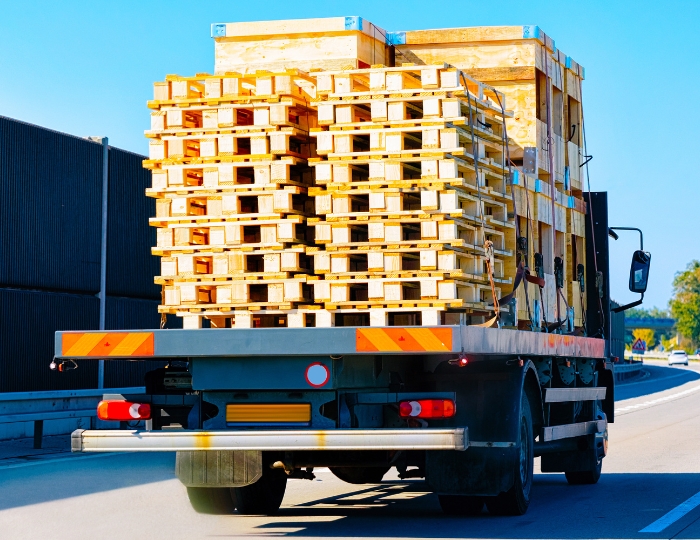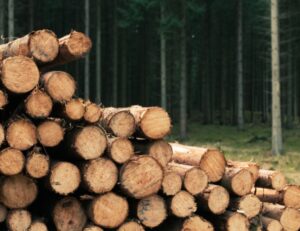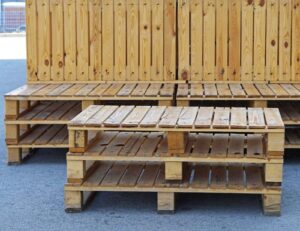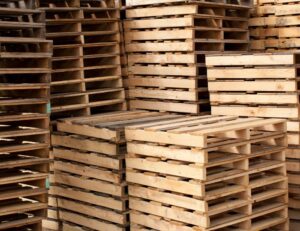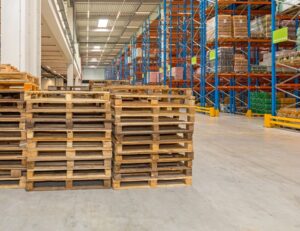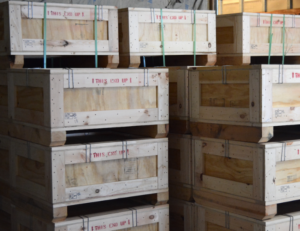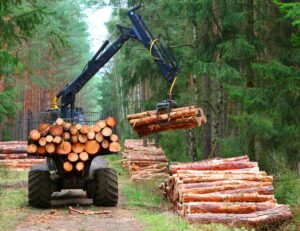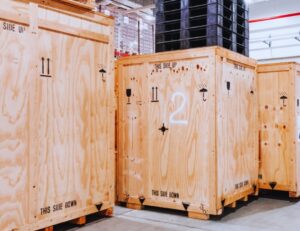Wood pallets have become an integral component of modern logistics and transportation, providing a stable and reliable foundation for the efficient movement of goods. From their early inception to their current role in various industries, wood pallets have undergone significant development. This article will explore the processes and considerations involved in the production of wood pallets, highlighting their importance and versatility.
Material Selection for Wood Pallets
The production of wood pallets begins with selecting appropriate materials. Typically, wood pallets are made from a combination of hardwoods and softwoods. Hardwoods like Oak and Maple are chosen for their durability and strength, while softwoods such as Pine offer additional benefits like lower weight and resistance to fungal decay. Oak, with its robust nature, is often used for heavy-duty pallets, whereas Pine provides a balance of strength and cost-effectiveness.
The choice of wood impacts the pallet’s overall performance and longevity. While hardwoods offer high load-bearing capacity and durability, softwoods contribute to a more consistent weight and are less prone to moisture absorption. Selecting the right combination ensures that the pallets are suited to various applications, from shipping and warehousing to manufacturing and construction.
Cutting and Shaping Wood Pallets
Once the wood is selected, it is cut and shaped to form the components of the pallet. At our manufacturing facility in Atlantic, PA, precision saws are employed to cut the wood into boards and stringers—the three or more parallel pieces that form the base of the pallet. The cutting process also includes notching to allow forklifts and pallet jacks to handle the pallets easily from different angles.
The shaping of the wood is crucial for ensuring that the pallets meet industry standards and perform reliably. The dimensions and notches are carefully measured and executed to ensure that the pallets provide the necessary support and stability for various types of cargo.
Treating and Assembling Wood Pallets
After cutting and shaping, the wood pallets undergo a treatment process to enhance their performance and compliance with international standards. For global shipments, wood pallets must adhere to ISPM15 regulations, which require thermal treatment to eliminate pests and reduce moisture content. This process is essential for preventing the spread of invasive species and ensuring the pallets are fit for international transport.
Once treated, the pallets are assembled using precision machinery. Our facility is equipped to handle high-volume orders efficiently, ensuring that each pallet is constructed to exact specifications. Quality control measures are in place throughout the assembly process to maintain consistency and durability.
Applications of Wood Pallets
Wood pallets are incredibly versatile and used across a range of industries. In the logistics and transportation sectors, they provide a stable platform for moving goods, reducing the risk of cargo damage and improving handling efficiency. In manufacturing, they support heavy machinery and raw materials, contributing to streamlined operations. Additionally, wood pallets are utilized in construction, warehousing, and retail, where their strength and adaptability make them valuable for organizing and protecting various types of products.
Contact Us for Your Wood Pallet Needs
At Trumbull Forest Products, we are dedicated to producing high-quality wood pallets that meet the diverse needs of our clients. From material selection to cutting, shaping, and treatment, our processes are designed to deliver reliable and durable pallets. Contact us today to learn more about our wood pallet products and how we can support your industrial and logistical requirements.


